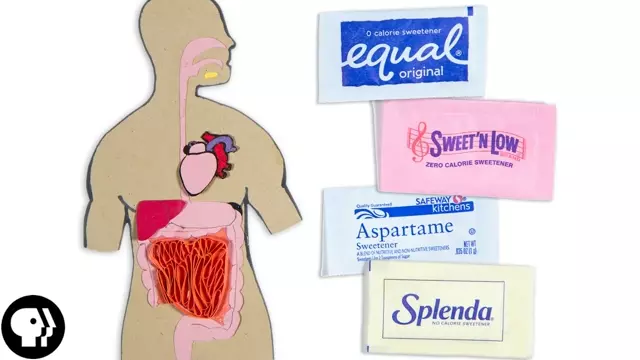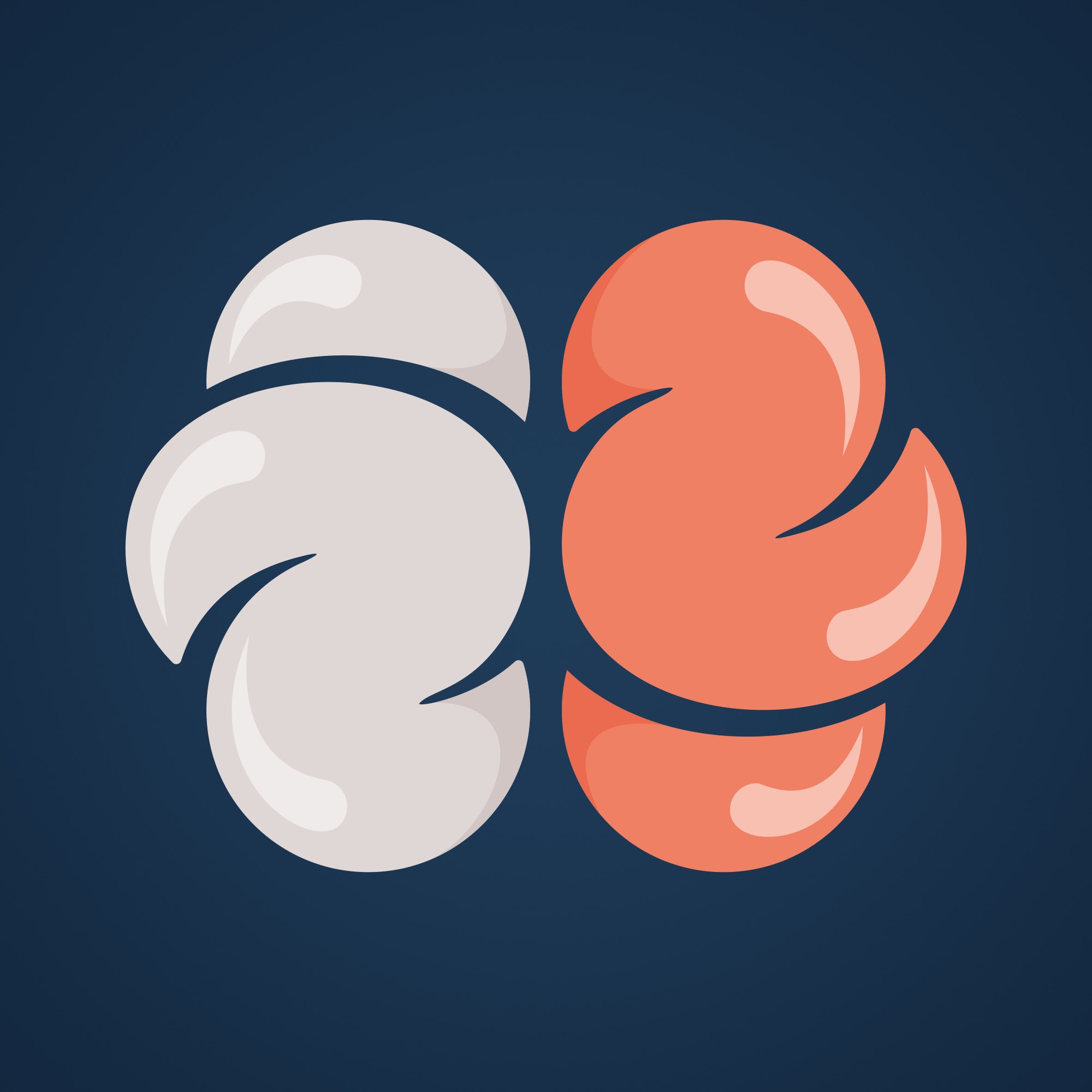2015-11-19
[unlisted] 41.8K views, 1.62K likes, 48.0 dislikes audio only
4KMy Twitter https://twitter.com/nessyhill | Instagram https://instagram.com/nessyhill
Subscribe to BrainCraft! http://ow.ly/rt5IE
Why Do We Love Sugar: /youtube/video/USNWXPfdc9g
Can You be Addicted to Sugar? /youtube/video/1aLCwDT-X6c
BrainCraft is created and hosted by Vanessa Hill and brought to you by PBS Digital Studios. Talking psychology, neuroscience & why we act the way we do.
Sound design: Joel Werner (http://joelwerner.com)
Producer: Ella Colley
Keep in touch, won't you?
Snapchat: nessyhill
Twitter https://twitter.com/nessyhill
Instagram https://instagram.com/nessyhill
Tumblr http://braincraft.tumblr.com
Facebook https://www.facebook.com/Braincraft
REFERENCES
The Inventor of Saccharin. Scientific American, 1886 https://books.google.com/books?id=f4I9AQAAIAAJ&pg=PA36#v=onepage&q&f=false
Schramm, D. D., Karim, M., Schrader, H. R., Holt, R. R., Cardetti, M., & Keen, C. L. (2003). Honey with high levels of antioxidants can provide protection to healthy human subjects. Journal of agricultural and food chemistry, 51(6), 1732-1735. http://www.ncbi.nlm.nih.gov/pubmed/12617614
Rizkalla, S. W. (2010). Health implications of fructose consumption: A review of recent data. Nutr Metab (Lond), 7(82), 911-22. https://www.ncbi.nlm.nih.gov/pmc/articles/PMC2991323/
Yang, Q. (2010). Gain weight by “going diet?” Artificial sweeteners and the neurobiology of sugar cravings: Neuroscience 2010. The Yale journal of biology and medicine, 83(2), 101. http://www.ncbi.nlm.nih.gov/pmc/articles/PMC2892765/
And a good fact Sheet on sugar and sweeteners:
http://extension.colostate.edu/docs/pubs/foodnut/09301.pdf
IMAGES
Agave plant via Stan Shebs, https://en.wikipedia.org/wiki/File:Agave_tequilana_2.jpg
/youtube/video/6hXg_y4z3VM?t=47.558998
/youtube/video/6hXg_y4z3VM?t=128.05
/youtube/video/6hXg_y4z3VM?t=218.22

